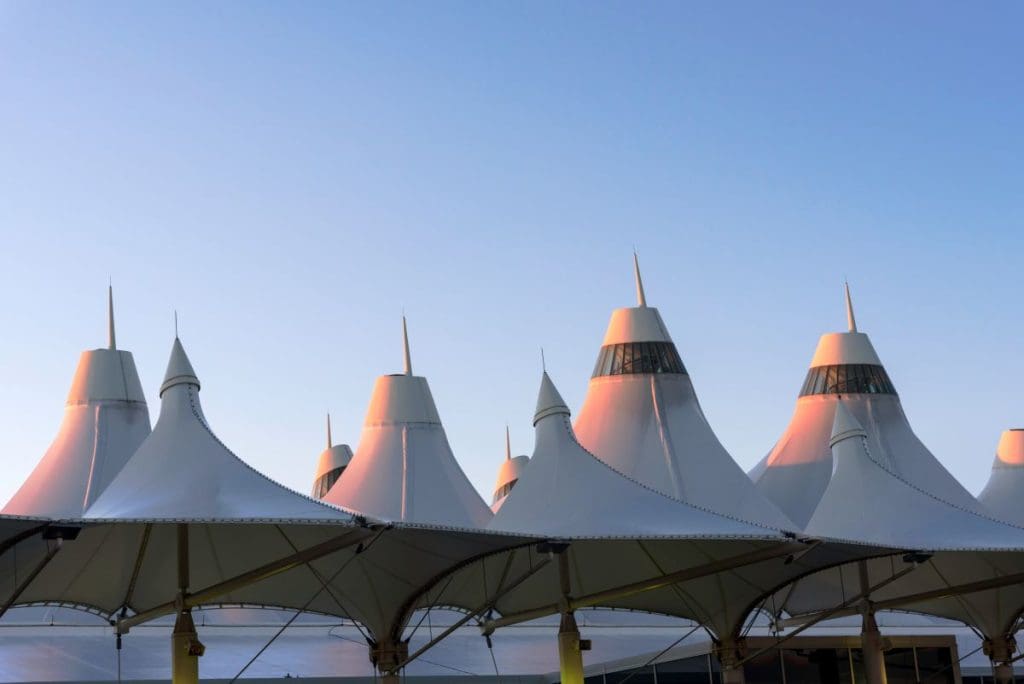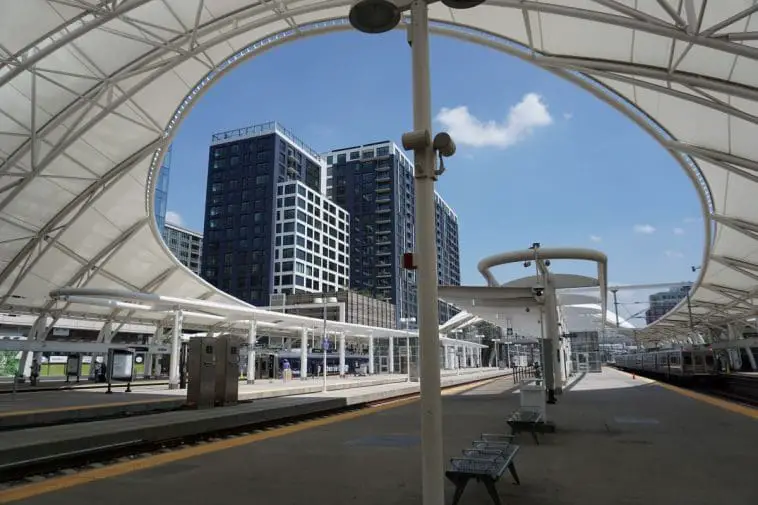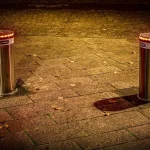From temporary installations to permanent landmarks, fabric architecture is transforming how we experience urban spaces.
But what’s driving such change? Why are architects and city planners increasingly turning to fabric implementation over traditional materials like steel and concrete? And what does this mean for the future of cities worldwide? Read on to find out.
Why Fabric Solutions are Redrawing Today’s Urban Skyline
For centuries, cities have been defined by rigid structures—boxy buildings, straight lines, and hard edges. But fabric architecture is challenging these conventions, introducing architectural projects featuring fluid forms and dynamic silhouettes to the urban landscape.
Imagine walking through a city where roofs ripple like waves, where canopies float like clouds, and where buildings seem to breathe with the wind. This isn’t science fiction—this seamless integration is happening right now in cities around the world.
Why Fabric? The Advantages of Fabric Architectures Driving Urban Adoption
The move toward fabric architecture isn’t just about aesthetics. There are solid, practical reasons why cities are making this shift:
1. Unmatched Design Flexibility
Fabric can do what traditional materials can’t. It can stretch, curve, and fold in ways that allow for truly innovative designs. Architects are no longer constrained by the limitations of rigid materials—they can create organic, flowing forms that reflect movement and energy.
2. Lightweight Yet Incredibly Strong
Modern architectural fabrics like polytetrafluoroethylene or PTFE-coated fiberglass and ethylene tetrafluoroethylene or ETFE foil are known for the following features: lighter than glass, highly resistant to ultraviolet or UV radiation, capable of withstanding extreme weather conditions, and fire-retardant and durable.
This combination of lightness and strength opens up new possibilities for large-span structures without the need for heavy support systems. You can connect with a lightweight architecture supplier to address your needs.
3. Faster Construction Times
A fabric structure can often be erected in a fraction of the time needed for traditional buildings. The components are typically prefabricated off-site. This means less disruption to urban areas during construction, lower labor costs, and quicker turnaround for projects.
4. Cost-Effectiveness
While the initial cost might be comparable to traditional materials, fabric structures often prove cheaper in the long run due to:
- Reduced foundation requirements;
- Lower transportation costs (because materials are lighter);
- Minimal maintenance needs; and what-not.
Those are just some of the noteworthy reasons as to why fabric buildings are a great for cityscapes worldwide.
Sustainability: How Fabric Architecture is Leading the Green Revolution
In an era of climate consciousness, fabric architecture offers solutions that traditional building methods can’t match. Fabric buildings are highly energy-efficient, made up of planet-friendly materials, and can be utilized for multiple purposes.
For starters, many fabric structures are designed to be energy efficient. They maximize natural light transmission (reducing artificial lighting needs), provide superior insulation (cutting heating and cooling costs), and incorporate photovoltaic layers to generate solar power.
Next, modern architectural fabrics are often made from recyclable materials, produced with lower carbon footprints than steel or concrete, and designed for long lifespans. All of those make them have minimal environmental impact.
Finally, fabric structures can be easily modified or expanded as needs change, disassembled and relocated if necessary, and repurposed for different functions over time. The following section will cover their adaptive reuse potential even more.

Innovative Applications Changing Urban Spaces
Fabric architecture isn’t limited to one type of structure. It’s being used in revolutionary ways across urban environments. They’ll be covered more below.
Public spaces and parks are a primary example of fabric architecture. They provide tensile shade structures that make outdoor areas usable in all weather, dynamic pavilions that can be reconfigured for different events, and so on.
Moving forward, fabric architecture is also useful for transportation hubs. Applications range from airy, light-filled airport terminals, bus and train stations with weather-resistant fabric roofs, to bicycle shelters that combine functionality with aesthetic appeal.
Different fabric implementations can be utilized for sports and entertainment venues. They have characteristics like retractable roofs that adapt to weather conditions, translucent facades that create stunning visual effects, and what-not.
Finally, they can be taken advantage of emergency and temporary housing purposes. Examples include rapid-deployment shelters for disaster relief, modular fabric structures for refugee housing, and pop-up medical facilities in crisis situations.
The Future for Fabric Buildings: What is Next
As technology advances, fabric architecture is poised to become even more innovative with the introduction of smart fabrics, self-maintaining materials, and biometric designs.
Imagine structures that: adjust their transparency based on sunlight intensity, change color in response to environmental conditions, and many more. Those are made possible thanks to smart fabric technology.
Aside from that, future fabrics might be able to repel dirt and pollutants automatically, self-repair minor tears or damage, and so on.
Finally, fabric structures of tomorrow can have biometric designs. They mimic the light-filtering properties of leaves, replicate the strength and flexibility of spider silk, and adapt to environmental changes like living organisms.
Final Words
Fabric architecture represents more than just a new building material—it’s a fundamental shift in how we think about urban spaces. By combining aesthetic appeal with practical benefits and environmental responsibility, fabric structures are proving they belong at the heart of city planning.




